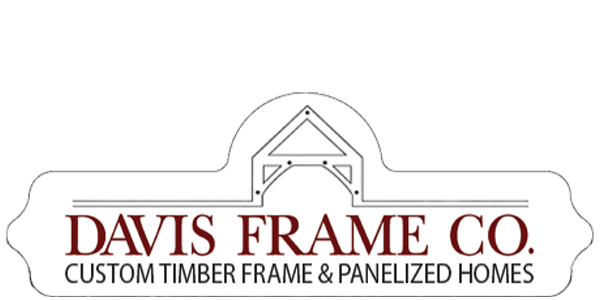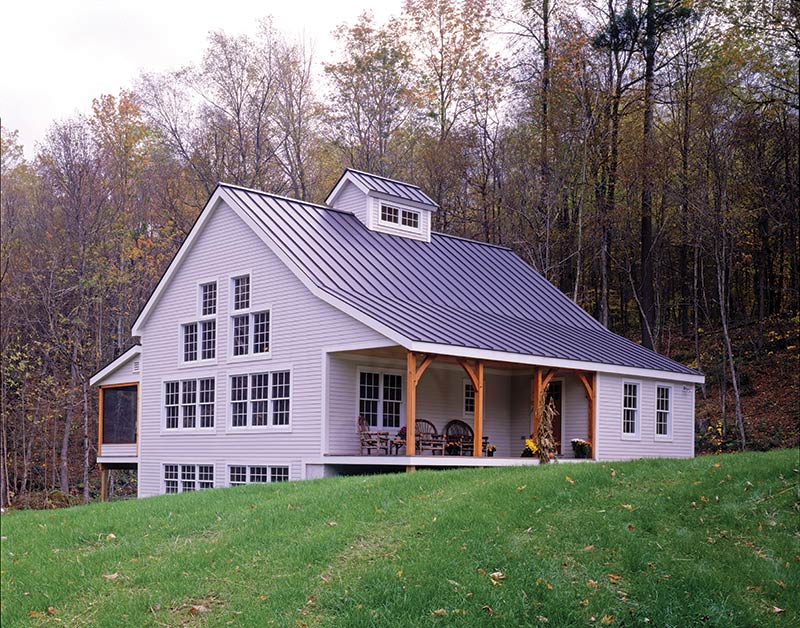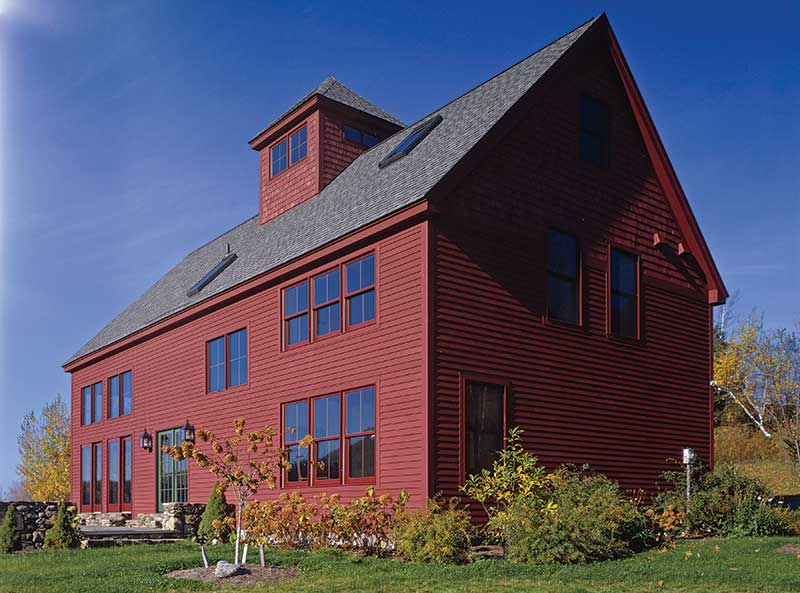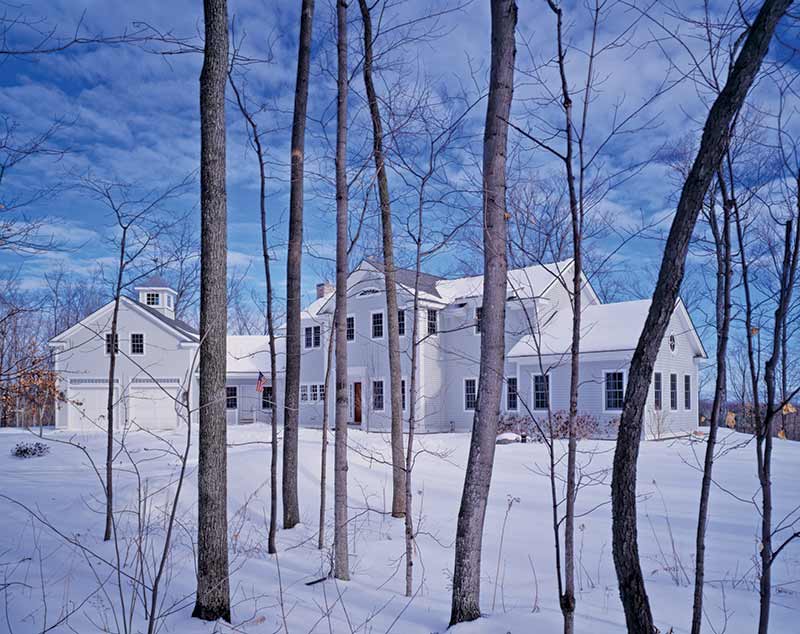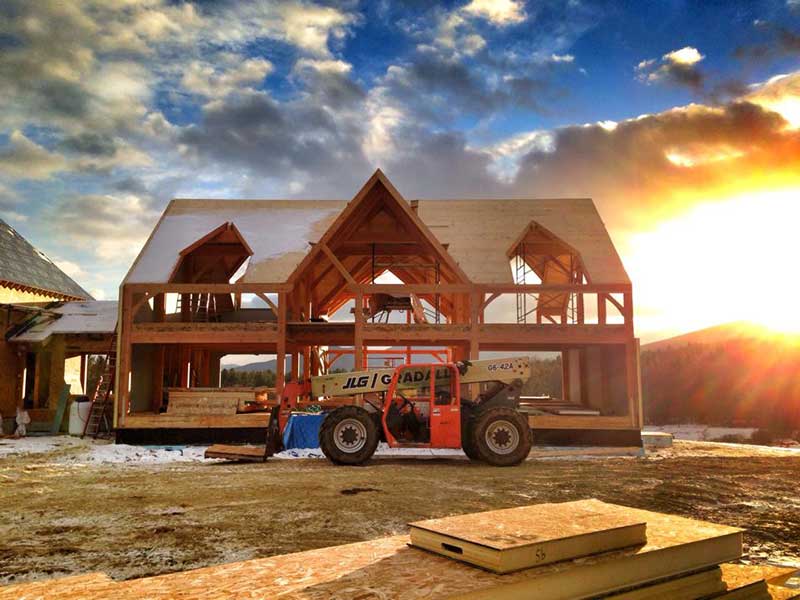Do you often get confused with the difference between a timber frame home versus post and beam home? The terms timber frame and post and beam are interchangeably used in the wood home industry, as both types of construction result in a similar look with beautiful exposed wooden beams on the interior. However, how they are manufactured and constructed on-site differs. Explore our blog post today to learn the differences to see what type of wood home is best for you!
Timber Frame Construction

Timber frame construction is the perfect choice if you are looking for an authentic old-world style wood home. The structural integrity of a timber frame lies in the mortise and tenon joinery, using high-quality wood timbers. Timber frame construction allows a home to be completely independent structurally with no additional structural support needed. On some larger structures with larger than normal spans, we sometimes have to incorporate steel into the framing, but mostly our timber frames do not incorporate steel. Timber frame structures from 100s of years ago still stand today in Europe and Asia. The proof is in the pudding on the incredible durability of timber frame structures.
Post and Beam Construction

Post and beam can be both structural and decorative. Most of the time, post and beam structures include additional structural support in some fashion, specifically used with shear panels and 2x framing. There are a couple of benefits to going with a post and beam home. For one, it could potentially be slightly less costly when compared to authentic timber frame construction. Second, you can use post and beam construction for small accents to save on costs, since post and beam is not always structural on its own (or, for another cost-effective alternative, you may want to consider a hybrid timber frame home). One disadvantage to consider post and beam construction, however, is the longevity. Often, over time, the metal connections can rust, decaying the wood. There is likely no immediate concern, but it could be a concern further down the road.
It’s All In The Connection

The primary difference between the timber frame and post and beam construction lies in how the wood is connected. Timber frame uses traditional mortise and tenon joinery and rarely needs any steel or metal connections. Some people prefer the authenticity of how a timber frame is built and the fact that they are constructed today exactly how wood structures were built hundreds of years ago. It is constructed primarily out of wood, typically wood pegs (we use oak pegs). Post and beam construction uses half-lap joinery and metal connections. The metal connections are sometimes visible, but mostly hidden.
On-Site Construction Differences
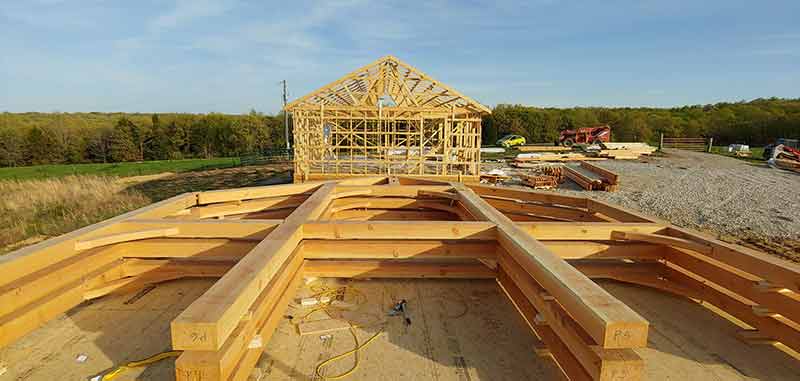
The two construction types also differ in how a structure is built on site. Timber frame construction consists of posts that span unbroken from sill to eave or ridge and are erected in walls and bents. (Bents run perpendicular to the ridge of the roof, while walls run parallel to the ridge).
Post and beam construction is a framework based solely on vertical and horizontal pieces; the posts and the beams. This type of wood home is constructed in layers, with each floor built independently from the other.
Interested in learning more about Davis Frame timber frame homes? Connect with us today by calling 800.636.0993!
